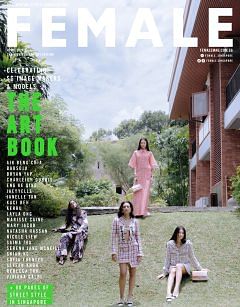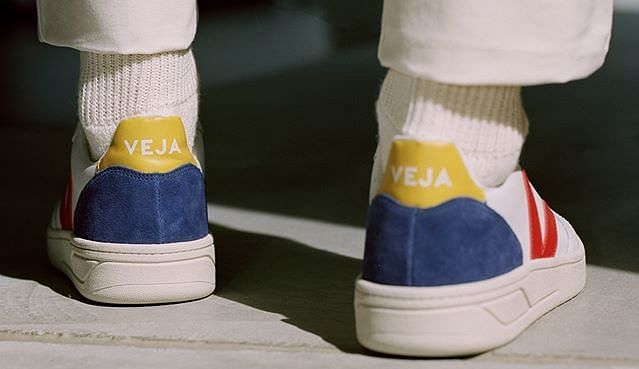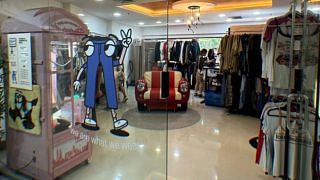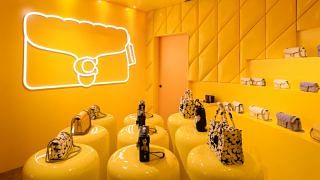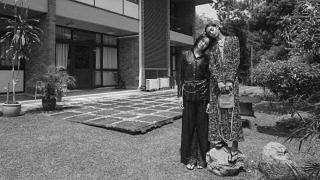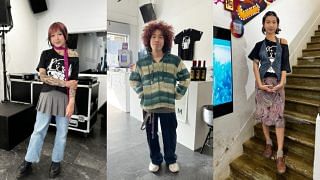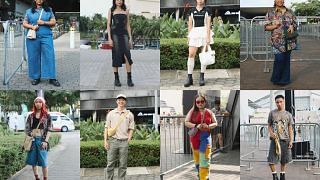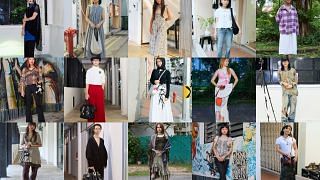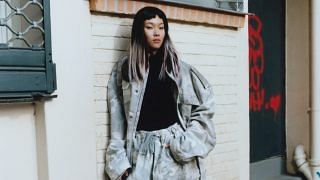If you haven’t been keeping up with the happenings of the world, we’re apparently heading towards our impending…doom. Ok we might be exaggerating a little but with global temperatures rising and the rapid extinction of animals, it’s easy to think that you as one person might not make a sizeable enough change to reverse what is happening.
But if you’re into shopping (and let’s face it, who isn’t), the simple practice of shopping sustainably isn’t difficult – you just need to top up just a little more cash for pieces that you’re not as likely to throw away after just a few wears because they’re hardier and less-trendy. And if you’re ever done with them, they can be recycled back into the earth.
Main Image: Instagram (@veja)
Econyl
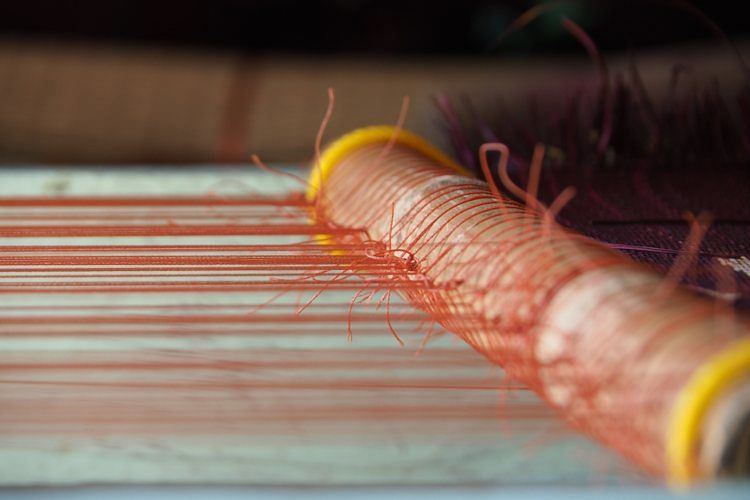
Prada’s latest line of Nylon bags literally come from the sea – plastic waste from oceans, fishing nets and waste from textiles are all reworked into Econyl, a sustainable nylon that’s used to create the house’s iconic Nylon bag (you know, the famed ‘90s one that everybody carried). Prada aims to convert all of its virgin nylon into regenerated Econyl nylon by the end of 2021. And if you think the sustainability of repurposing waste ends there, 70,000 barrels of petroleum are saved whenever 10,000 tons of Econyl is produced and that’s a lot of petroleum that isn’t going into our oceans.
The Prada Econyl collection is now available in stores in six classic unisex styles: A belt bag, shoulder bag, tote, duffle and two backpacks.
Organic Bamboo
The preferred dietary choice of the panda is also one of our preferred fabrics of choice for clothing. It’s grown au natural (no nasty fertilisers or chemicals) and it’s naturally anti-bacterial, breathes easily (aka humidity-friendly), and is biodegradable.
If you really want to get science-y about it, the cross-section of bamboo fibre contains micro-gaps that allows for ventilation which is why they’re only used on Singaporean label Love Terie’s sleepwear. Prices start at $39 for a bralette.
Tencel Lyocell
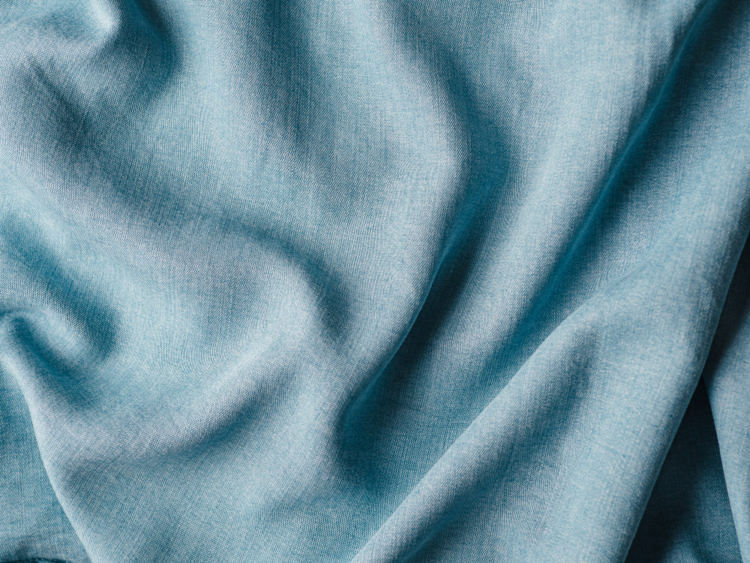
Tencel lyocell isn’t harvested by the simple hack-and-slash of a forest that usually involves the displacement of the forest’s animal inhabitants. Instead, it’s harvested from certified and controlled sources which is why Singaporean label Source Collections produces its clothing only in the material. You can find the classic tee, muscle tank and long sleeved sweater from the brand.
The process of producing tencel lyocell isn’t shabby in the water saving department too – the water is constantly recycled to reprocess even more tencel lyocell. Prices start at $45 for a muscle tank from Source Collections.
Pima Cotton
Pima Cotton is grown without the usual nasties you use when you grow non-organic cotton – fertilisers and pesticides that end up poisoning water sources. And besides telling everybody that your shirt isn’t just Pima Cotton and that it’s Peruvian Pima Cotton, each piece you buy from Hong Kong label Grana (and there are a lot of pima cotton pieces offered) is also bio-degradable, though we doubt you’d ever tire of wearing them. Prices start at $24 for a pima cotton tee.
Silk
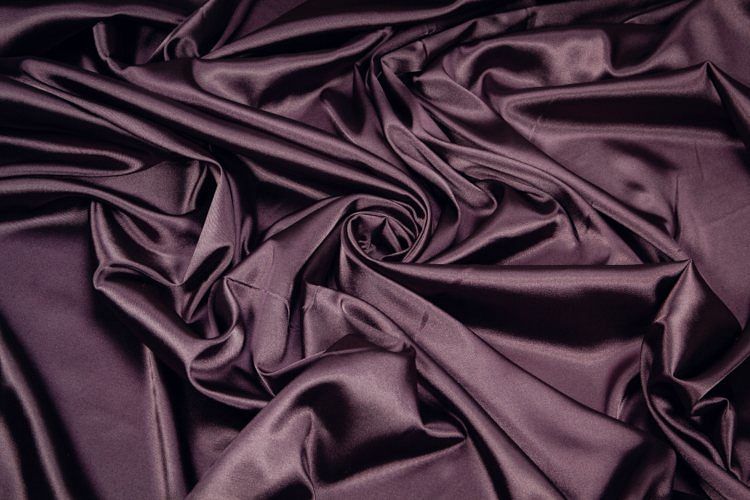
You might never think that such an elegant fabric would be sustainably produced but when compared to polyester (urh, it’s a plastic made of petroleum), the material that was invented by man to mimic it, you might also want to know that silk is an all-natural fabric that’s produced without chemical processing. And the added bonus of choosing silk over polyester – it breathes better and wears better which is why Singaporean label Catch only produces its pieces in them. Prices start at $88 for a tank.
Linen
Linen isn’t considered the most eco-friendly fabric for nothing – it grows naturally, requires only rainwater to grow (au natural as they say!) and little to no energy is required to process it either. It’s stronger than cotton too which means anything that’s produced in linen is going to really last you quite a long time — and that is a quality not lost on Singaporean label Esse that has a neat collection of them in modern cuts. Prices start at $75 for a spaghetti-strap tank.
Vegetable Tanned Leather
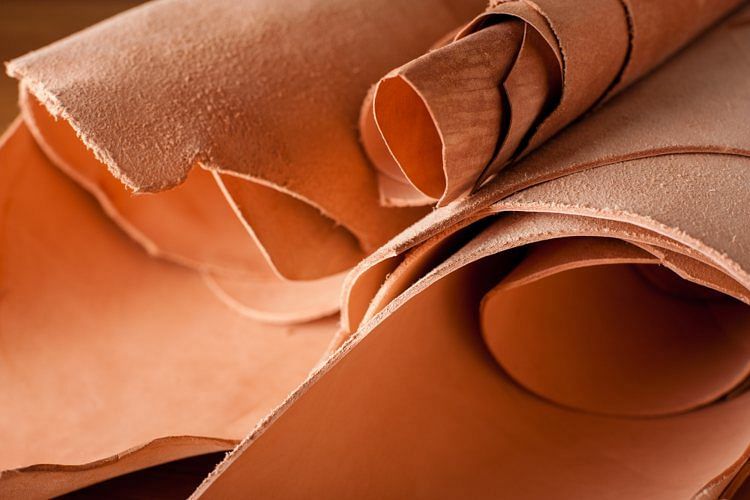
Vegetable tanned leather will never look as slick or polished as chemically treated leather because of its processing – it’s dyed using only natural and organic tannins extracted from vegetables and trees and thus, doesn’t involve chemical processing and the resulting dumping into oceans.
Long story short though: You’re going to get sustainably dyed leather that develops a patina that’s unique to you – no two vegetable tanned leather pieces owned by two different people will ever look the same. Our favourite pieces are from sneaker label Veja that’s available at brick-and-mortar store Kapok.
Certain Plastics
Plastics have become some kind of a dirty word recently but not all plastics are made equal – some are made recyclable and hardy enough to last you a longer time. You should be looking out for ones such polypropylene: A non-toxic plastic that is impermeable to water and thermoplastic polyeurethane: A scratch-resistant one which means it’s going to stick around with you longer. Both plastics are used on Singaporean phone-necklace case label Besbes with prices at an affordable $27.
